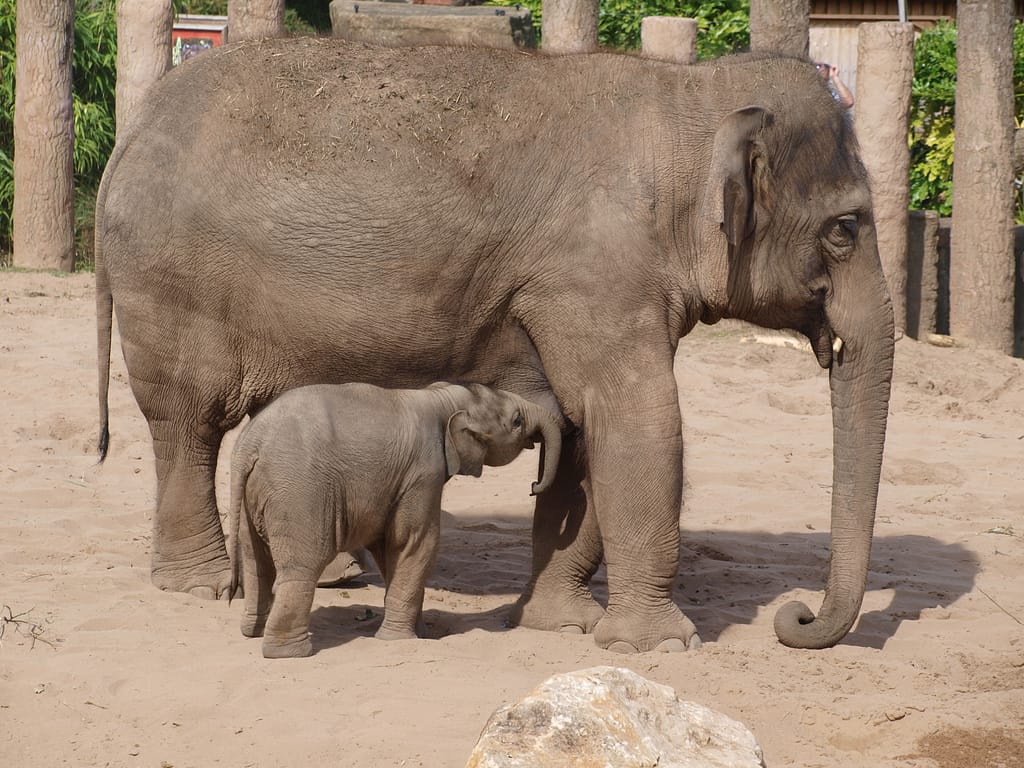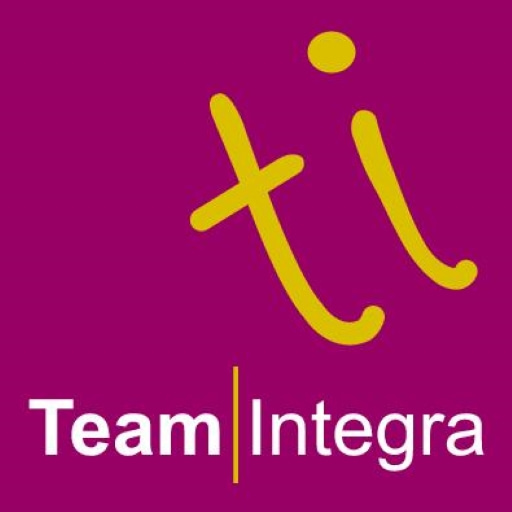Phase 1: Rapid Response and Initial Reset
Step 1: Sense Making and Situational Awareness 3

Elephants at Chester Zoo
In Praise of Ordnance Survey (OS) Maps
Like many others being in lockdown has meant an increase in the number of our local, daily walks. My family live close to Chester zoo and an easy walk for us in on a bridle path that dissects the zoo completely in half. As you walk there is a chance of seeing cheetah, black rhino, camels, spectacled bears and even elephants. It is amazing and we are very lucky but, it makes the bridle path an obvious draw. During lockdown it quickly became an “exercise” motorway and we had to look elsewhere for our daily walks. So, we dusted off our old, local Ordnance Survey maps and studied the possible options.
We have lived in our current home for approximately 20 years and assumed we knew our current locality pretty-well but, found, however, that there were a number of delightful walks and interesting sites close to home. For instance, close by, is a site that was once integral in a nationwide World War 2 underground aviation fuel network that feeds Manchester and other airports. What was a surprise and shouldn’t have been is that these sites, history and walks were under our nose all along. It is easy for us all to assume we know our current situation and circumstances in detail and carry on missing opportunities and better paths that we could take just by copying the majority. In our case the maps were essential to making the opportunities clear and opened up the landscape for exploration. A key tool and aid for increasing situational awareness.
Full Steam Ahead to the New “Normal”………..

Full Steam Ahead – White Water Rafting
Inevitably, every other post on Linkedin these days is a stark description of how, in the near future, it will be “survival of the fittest” and only the most “agile” will be able to adapt to the “new normal”, whatever the “new normal” is? Whilst it is clear that swift action needs to be taken now to stabilise an organisation what is less clear is that a race to a new long-term strategy should be immediately embarked upon. Many studies over the years have stated that a key aspect of leadership is about setting direction. So which direction do you go in to “thrive” and not just “survive” in the new normal? To be able to pick the best direction you first need to be really sure where you are now. Therefore, situational awareness, is essential. These days we all routinely use GPS and dynamic mapping and don’t give it a moment’s thought but, what do we use in organisations to pinpoint where we are and what our surroundings look like? Improving situational awareness is key to improving direction, strategy and leadership yet it is often overlooked. We often haven’t got a trusty OS map to ponder over. Without one leaders are in danger of casting off, getting up to full steam and, potentially, disappearing over a waterfall (again).
So, Hands-up (Honestly) who Properly Understood and Appreciated the “Old” Normal?

Hands-up who really understood the “old” normal?
Has the world, society and our community actually changed that much over the last few weeks and months or have we just had to view it in a different way and with more time? Is it a surprise that many people are able to and are actually more productive when working from home given that the technology, infrastructure and possibility has been around for many years? Is it a surprise that many retail outlets, restaurants and pubs might not survive when they were precariously close to failure before the pandemic struck? In truth, our leaders’ (and many of us) aren’t sensitive enough to their situation and circumstances, take a lot for granted and are blinded by our structures, silo’s, targets and scope. With some of those boundaries and frameworks recently changed or removed many people have been liberated to get on with and enjoy their work. The possibility of working from home was always there so why didn’t we take the plunge earlier? What was holding us back? Before starting on new journey and taking major steps I believe it is worthwhile understanding your organisations current position and the landscape around it.
Sun Tzu, Wardley Mapping and Two Types of Why.

Two types of “Why” inside Sun Tzu’s 5 principles. https://medium.com/wardleymaps/on-being-lost-2ef5f05eb1ec
As he sets out in his Medium book “Wardley maps – Topographical Intelligence in Business”, in 2004 Simon Wardley was a CEO of a growing cloud computing company struggling to come to terms with how to set a successful future direction and strategy. Unconvinced by the generic vision and mission statements trotted out by most leaders he set out to find out what he thought that they lacked. After being recommended “The Art of War” by Sun Tzu he determined that Sun Tzu’s 5 factors (as in the figure) were important, “whilst reading through my (second) translation I noticed something that I had been missing in my understanding of strategy. Sun Tzu had described five factors that matter in competition between two opponents. Loosely speaking, these are: — purpose, landscape, climate, doctrine and leadership”. When reviewing Simon’s own strategy document he concluded that “I could see a purpose and then a huge jump into leadership and the strategic choices we had made. But where was landscape, climate and doctrine? I started to think back to every business book that I had read. Everything seemed to do this jump from purpose to leadership”. This revelation for Wardley was crucial as it confirmed that this jump pointed to a real void or vacuum and a critical lack of situational awareness.
Simon Wardley uses playing chess as a useful analogy to reinforce why situational awareness articulated through landscape, climate and doctrine are so important. He concludes that they show that for any successful strategy there is a need to articulate 2 types of why, one of purpose and one of movement. He describes this as, “there is not one but two questions of why in chess. I have the why of purpose such as the desire to win the game but I also have the why of movement as in “why this move over that?””. An obvious next question then for Wardley was how to visualise and categorise situational awareness in such a way to facilitate powerful conversations about strategy, landscape and movement beyond the typical linear, event focus of storytelling. He concludes that is best achieved with a map as a map has critical enabling characteristics. He says that the “six absolute basic elements” of any map are that it is visual, context-specific, shows the position of components relative to some form of anchor and shows movement of those components. So, when thinking about what to do next if you haven’t got a map or can’t articulate the “why of movement” then it might be better to pause.
Maps, Sensemaking and the Zoo Path

Chester Zoo Path
Simon Wardley’s logic is reinforced when we return to the idea of sensemaking. In a chapter of the book “The Handbook for Teaching Leadership – Knowing, Doing, and Being” called “SENSEMAKING Framing and Acting in the Unknown” MIT Professor of Management Deborah Ancona says that, “sensemaking involves coming up with a plausible understanding—a map—of a shifting world; testing this map with others through data collection, action, and conversation; and then refining, or abandoning, the map depending on how credible it is.” The map is a way to frame the situation, record the landscape and test possible directions.
My old paper OS maps of Chester are a bit out of date now as OS maps are in a constant state of change. The OS blog says that they are updated, at least, every 6 months. In sensemaking the experts agree it should be a dynamic thing, as does Simon Wardley. Drawing on Lewis Carroll (1893) and Jorge Luis Borges (1946) he says that, “Maps, and representations of reality, are; never complete, always partial, they highlight some things and not others and in this way, they help us interpret the world”. In fact, “A complete map/representation would be reality itself”.
I am glad that I got my old OS maps out and uncovered some (hidden to me) gems rather than just following the herd on the zoo path. Pausing, studying the map, understanding the landscape and deciding on where to go and why is as much fun as walking it.
